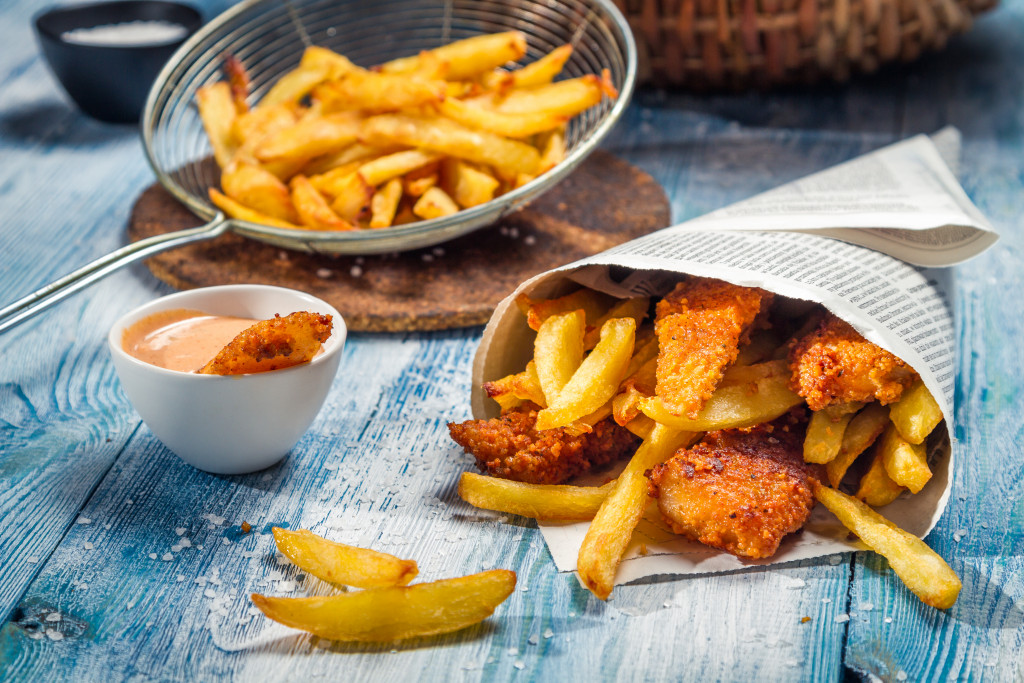Weight gain is a serious concern during the pandemic. The Centers for Disease Control and Prevention (CDC) reports that the average American adult has gained about one to two pounds every month since the pandemic. This may not sound like much, but it can add up over time—and increase your risk for serious health problems such as heart disease, stroke, and type 2 diabetes.
Exercise isn’t enough if you’ve been struggling to maintain a healthy weight during the pandemic. You’ll also need to get into a diet. Here are some steps to get you started on a diet.
Visit the Nutritionist
The first step is to visit the nutritionist. They will help you understand what your body needs and how many calories you should be consuming every day. It’s essential to follow their recommendations because they are based on years of research and experience.
Get Rid of Unhealthy Foods
Next, you need to eliminate all the unhealthy foods in your house. This includes things like processed foods, sugary drinks, and high-fat snacks. If these foods are around, you’ll be more likely to eat them—even if you’re trying to diet. So get rid of them!
Stock Up on Healthy Foods
Now it’s time to stock up on healthy foods. This means plenty of fruits, vegetables, whole grains, and lean protein. These foods will give you the nutrients you need to stay healthy while trying to lose weight. Some kinds of sugar are pretty beneficial for you too. Sugar alternatives such as Xylitol and Stevia have been known to help with weight loss.
Food Journaling
Another essential step in starting a diet is to start food journaling. This means tracking everything you eat and drink for a week. This will help you see where you’re going wrong with your eating habits and make changes accordingly.
Create a Meal Plan
Once you have all the healthy food you need, it’s time to create a meal plan. This will help you make sure you’re eating the right foods in the right amounts. It will also help you avoid getting bored with your diet.
Stick to Your Plan
The final step is to stick to your plan! This means following your meal plan, eating healthy foods, and getting regular exercise. If you do all of these things, you’ll be well on your way to losing weight and keeping it off.
One of the best ways to stick with your diet plan is meal prep. Meal prepping is when you cook all of your meals for the week in advance. You’ll always have something healthy to eat, and you won’t be tempted to cheat.
Now that you know how to get started on a diet, here are a couple of diets you must try.

Paleo Diet
The Paleo diet can be a great option if you’re looking to lose weight. Studies show that it can help you lose weight and keep it off. Plus, it’s a very healthy diet that has been linked to a reduced risk of heart disease and type 2 diabetes.
The Paleo diet is based on the premise that we should eat like our ancestors did—before the invention of agriculture. This means eating plenty of meat, fish, fruits, and vegetables. It also means avoiding processed foods, sugars, and grains.
Keto Diet
The keto diet is a high-fat, low-carbohydrate diet. It’s similar to the Paleo diet in that it cuts out processed foods and sugars. But it takes things a step further by eliminating carbs entirely.
This can be a great way to lose weight because it forces your body to burn fat for fuel rather than carbs. If you’re looking to try a keto diet, there are plenty of resources available online. You can find meal plans, recipes, and even support groups to help you through the process.
However, it’s important to take some protein supplements when doing this kind of diet. Visit a protein powder manufacturer and ask them what would be a good compliment to a keto diet. This will ensure that you can build muscles while doing this diet.
Mediterranean Diet
The Mediterranean diet is based on the eating habits of people who live in countries around the Mediterranean Sea. This includes countries like Greece, Italy, and Spain.
The diet is rich in fruits, vegetables, whole grains, and healthy fats. It’s been linked to a reduced risk of heart disease. Plus, it’s a very delicious way of eating!
To follow this diet, you need to eat plenty of fruits, vegetables, whole grains, fish, olive oil, and nuts. You should also limit your intake of red meat and processed foods.
No matter which diet you choose, remember that the key to success is sticking with it. So make sure you’re prepared mentally and emotionally before you start. And always consult with your doctor before starting any new diet or exercise program.
If you’re struggling to lose weight, don’t give up. The most important thing is to keep trying. Eventually, you will find a diet that works for you. And once you do, the weight will start to come off—for good!